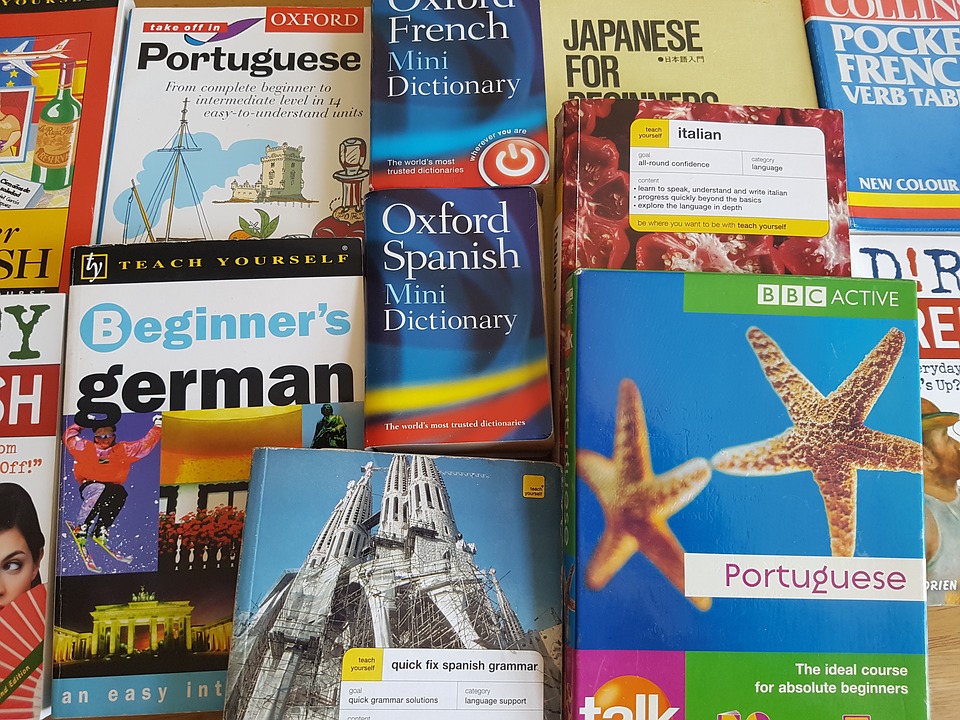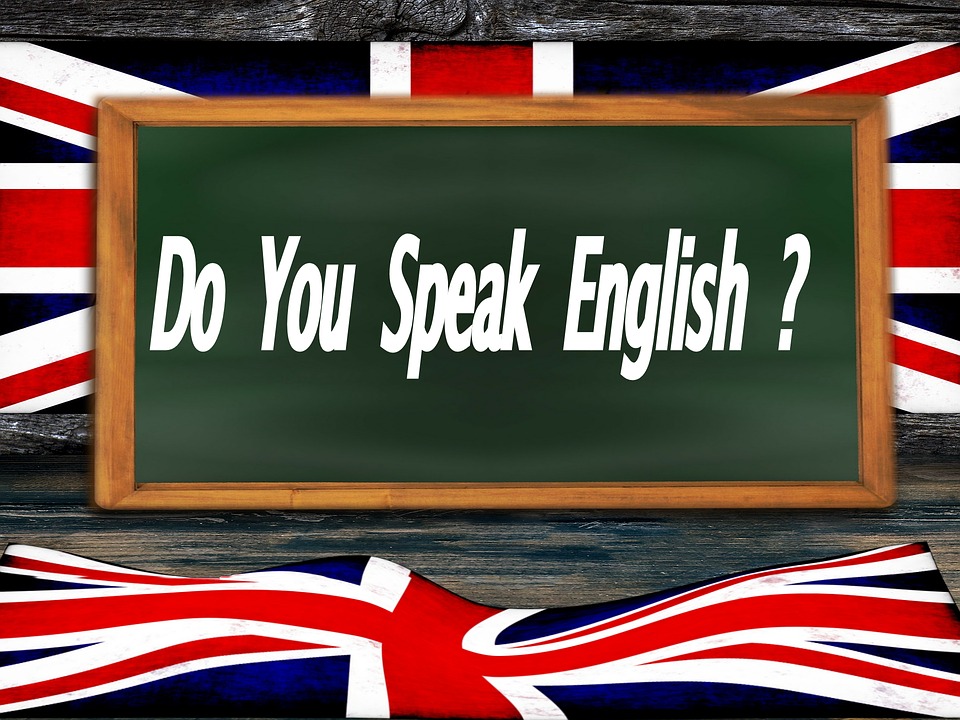Methods Of Translation Vs Techniques Of Translation – What’s The Difference?

Translation is not an easy task by any means and it takes a long time and read about patience to carefully execute any translating task. Sentence using various methods and techniques in order to execute their work. However a lot of people do get confused between the methods of translation and the techniques which are followed. They are not the same by any means and that is why in order to show you the difference we have made this blog. Take a look at it and understand the difference between the two aspects. At the same time, if you are looking for a handy translating device, then the Muama Enence Translator is a great option for you. Check out this link https://wchandyfest.com/muama-enence-review/ and see what other users have to say about it.
Translation Techniques – What are they?
Here are some common techniques which are used by translators to carry out their work –

- Transposition –
transposition is the technique to move from one grammatical aspect to the other without majorly altering the meaning of the concerned text. This technique enables to introduce a change in the grammatical structure.
- Literal Translation –
also known as metaphrase, this actually means “word-for-word translation”. It’s main objective is to achieve the text in the target language that is idiomaticaly correct.
- Calque –
calque is the technique which the translator uses to create a neogolism in the concerned target language by adopting the structure from where the language is sourced.
Borrowing – borrowing is another very important translation technique which involves the use of the same word or the expression in which the original text or phrase was written. The word borrowed is usually denoted in italics.
So, these are the few techniques of translation which are used by translators in order to carry out the different aspects in translation work.
Translation Methods – What are they?
Depending on the way we use different translation methods, we can divide them into various categories. Some of them are as follows –
- Interpretative Translation –
this particular method deals with the understanding and recreation of the original text which needs to be translated. It helps to keep the purpose and nuance of the original text.
- Word-for-word Translation –
quite similar to the previous method, it is however characterized by different reproduction of various linguistic elements that have been derived from the original source text. There should not be any stylistic changes.

- Free Translation –
the main objective of the free translation method is to keep the source function same but the general language can suffer. The changes will majorly suffer depending on the kind of target audience you want to address.
- Philological Translation –
in this method of translation, the translator adds excerpt of philological and historical nature. This is make others understand specific terms and different words properly.
As you can see, these are some of the methods in translations which are used by translators in order to get the best results in their work.
Final Words –
the techniques and methods used in the work of translation have always been different. However, both of them hold the same degree of importance when they are put into use. That is why it is important to master all of them and use the elements to get great results.

































